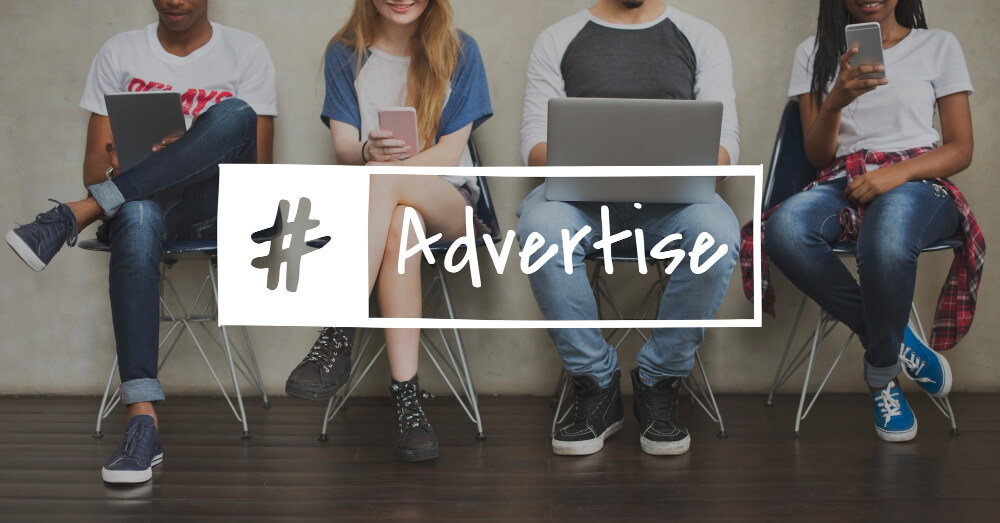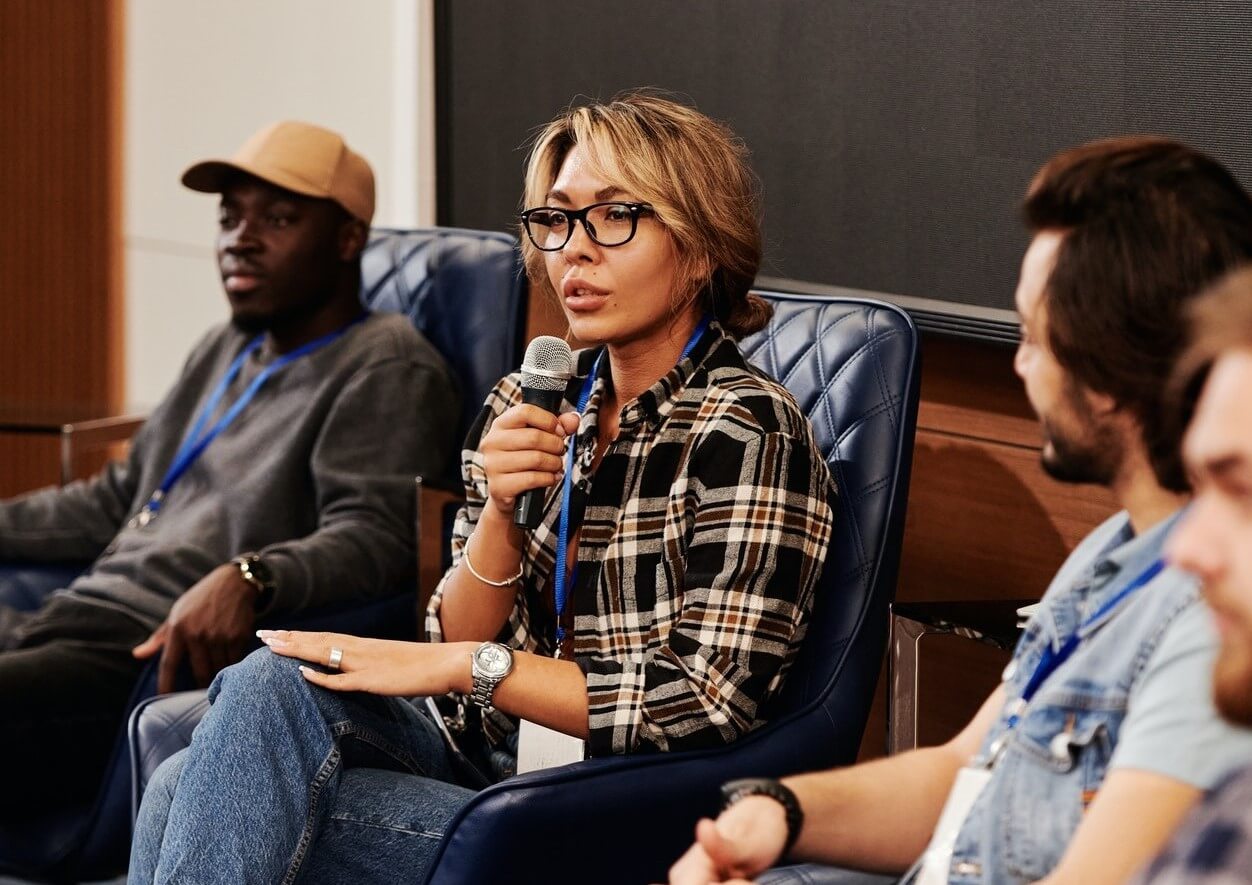Maybe you have always dreaded public speaking. Maybe you have convinced yourself you are no good at it, and never will be. Maybe you have resigned yourself to suffering through a series of painful speaking experiences. Let’s stop right there. Because it doesn’t have to be that way. You can get better, maybe much better. …
Sales & Marketing/
Advertising & PR
Your knowledge stars or SMEs (Subject Matter Experts) are your most important assets when it comes to getting the information you need to fulfill your requirements documents or any other documents that are being written. They will supply you with all the information needed to understand the product or processes, and teach you to be …
How are your presentations looking these days? Even the informal, across the table presentations can have an impact on how you are perceived and how well you are able to influence others. Here is a brush-up you can use to be sure your presentations are “in the pink.” Check to be sure you and your …
Not knowing your audience and stakeholders – not knowing your audience could mean not only presenting unnecessary and non-essential information, but possibly also presenting it in a manner that the audience does not understand. If a document presents unfamiliar or foreign terms to the audience, then the material is not helpful nor constructive. Ignoring your …
Writing status or progress reports are not fun, but are a necessity. It’s like going to the doctor for a checkup – it’s not fun to go, but it’s a must-do necessity to see if you are well or not. Status reports are a way of communicating to the managers, clients, and stakeholders the state …
If your content is technical, complex, data driven or numbers-heavy, you will want to listen up. Don’t fall into the camp of “I know it is dry and boring content but I can’t do anything about it…” Instead, try one or all of these strategies to make complex information more engaging and more interesting. Use …
We have all attended quite a few webinars, events, courses – some very good and some not so good ones. In comparing them, were the good ones due to communicating knowledge well and the not so good ones lacking in communication and knowledge? The good communicator – Prepares for the topic ahead of time. They …







